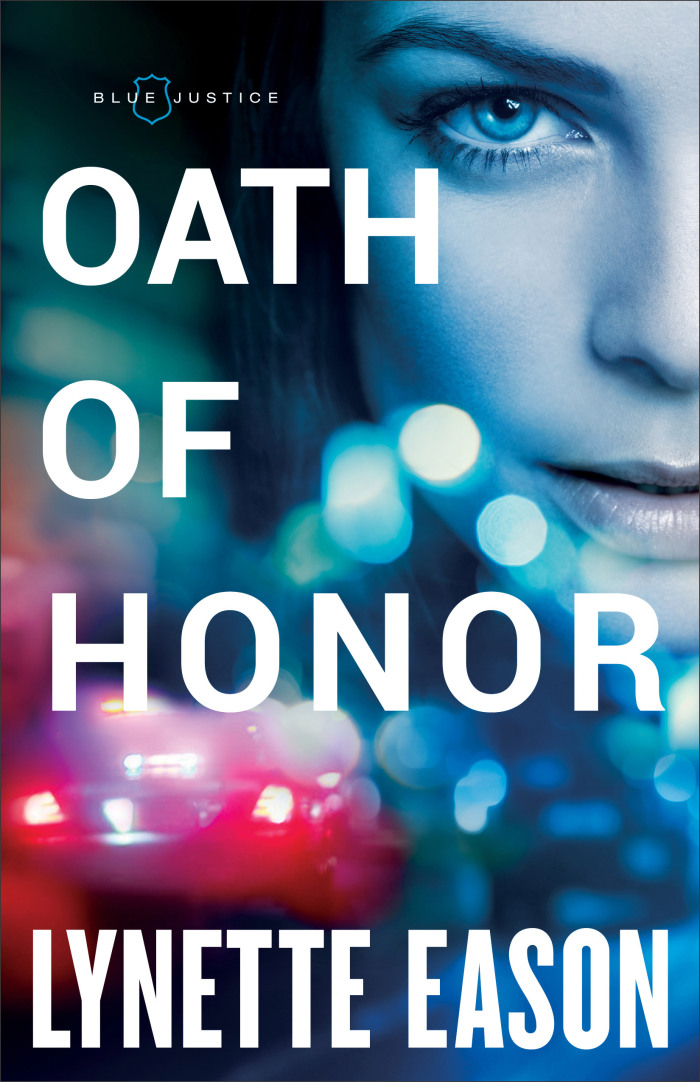Download links for: The Mitten


Reviews (see all)
Write review
I am sick of Jan Brett. This is a refreshing change, even if it is an old story.
My girls laughed at the antics in this book. We like the pictures, too.
Probably read this book 30 times easy. Go to bedtime story
Adorable, and the kids loved it.
Other books by Fantasy
Other books by Jim Aylesworth
Related articles












